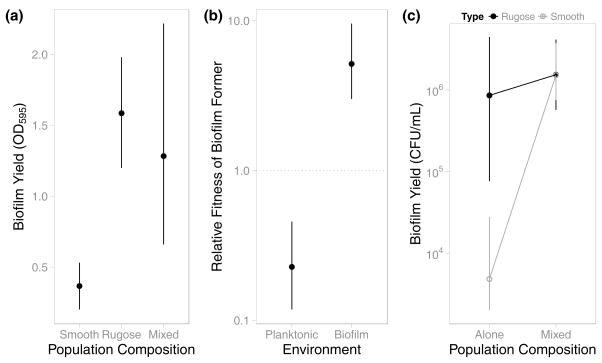Figure 7. Competition Between Evolved Types.
Biofilm-forming (rugose) and non-forming (smooth) types were isolated from evolved populations and grown both alone and together. (a) Populations containing the evolved biofilm-forming type produced significantly more robust biofilms than monocultures of the non-forming type. (b) When grown with the evolved non-forming type, the biofilm-forming type was disadvantaged in planktonic growth. However, the biofilm-forming type handily outcompeted the non-former in colonizing a surface. (c) Although the non-forming type produced significantly weaker biofilms in monoculture, cultures initiated using an approx. 1:1 mixture of biofilm-forming and non-forming types produced biofilms that were as robust as those formed by biofilm-forming monocultures. Despite this enrichment for non-forming cells in mixed cultures, growth of the biofilm-forming type was not affected. In all plots, error bars indicate 95% confidence intervals.

